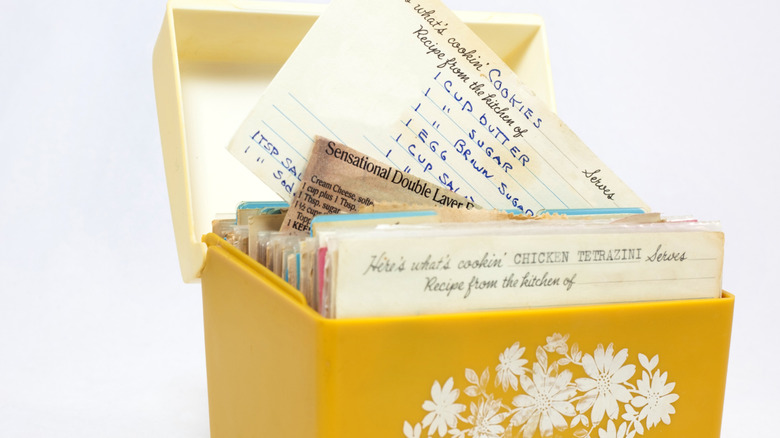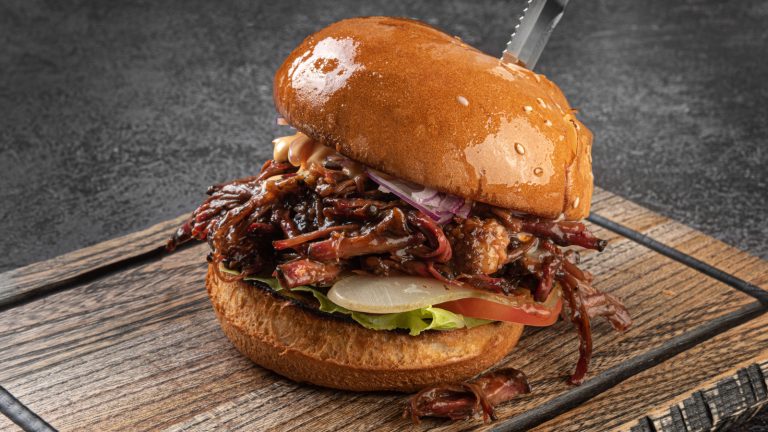We’re all aboard the retro baking train. From towering Southern classics like the boozy Lane cake creation to nostalgic baked treats you probably forgot existed like the depression-era wacky cake, there’s something inherently comforting and whimsical about revisiting these once-popular treats. One such relic all but lost to history — or more specifically, your grandma’s index card recipe box — is the old-school recipe of broiled icing.
These days, our basic cake approaches to topping a cake are either a standard buttercream frosting (which yes, is different from icing!), the stuff from a tub (no shame — it can be truly delicious), or if we’re getting crazy, a tangy cream cheese icing or fudgy ganache. Rewind to the mid-century era of baking and further back in history, and the simple, unfussy boiled icing approach was commonplace. This involved mixing up a simple, thin icing of brown sugar, butter, and often, chopped walnuts or coconut. Then, the glaze was poured atop a cooled cake — often a one-layer sheet variety — and set under the oven’s broiler setting for just a few minutes.
The high heat of the broiler meeting the molasses-y brown sugar resulted in a bubbly, decadent, lightly caramelized icing with a delicately crunchy texture. Don’t expect the standard thick, stiff layer of buttercream frosting — this vintage approach results in a melty glazed cake with a bit of an imperfect look and impeccable caramelized flavor that we think should never have gone out of style.
Versatile and unfussy, broiled icing deserves a comeback
The approach of setting an iced cake under a broiler was popular in your grandmother’s day — but some form of basic iced cakes date back much further, to at least the 1800s. The practice has long been used as an appealing shortcut to easily finish off a cake in a jiffy, while achieving a decadent, gooey, slightly crunchy texture. Since broiled icing is more technique than an exact recipe, the approach works for all sorts of cake flavors, from plain vanilla to coconut or chocolate.
The broiled icing route is a breeze even compared to the standard modern buttercream approach of dressing a cake. No meticulously adjusting butter and sugar ratios to achieve the stiff-enough but still-spreadable perfect buttercream texture. No painstakingly icing each layer and side of the cake. Simply blend your broiled icing ingredients, pour atop the cake, and let a few minutes under the broiler do its magic.
Thanks to broiler icing’s decidedly approachable nature, there’s no need to wait for a particularly special occasion to bust out this nostalgic treat if you feel like honoring bakers who came before you. Next time you need an everyday but decadent crowd-pleasing cake for a neighborhood potluck, cookout, or birthday, give it a spin. There’s no better way to keep culinary history alive and well than by reviving these antique recipes right in your own kitchen.






